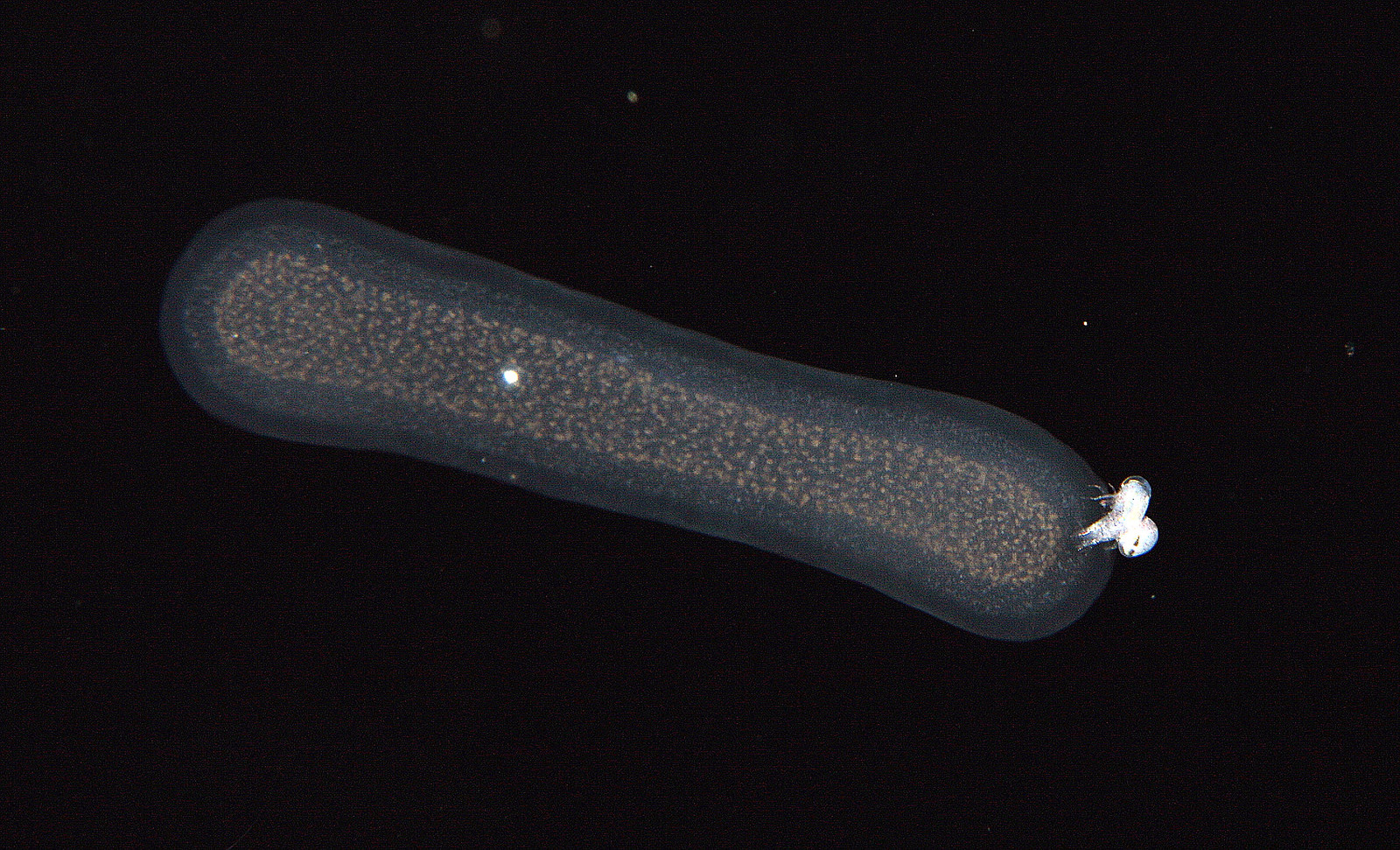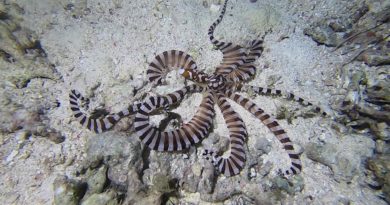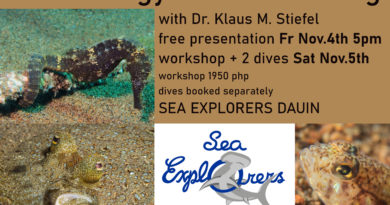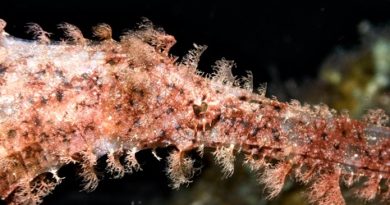What I’d Like to Write About
I’ve spent the last years moving form being a full-time academic to being a popular science writer. I enjoy popularizing science very much – it gives me the chance to read much wider (in many more fields and sub-fields of biology) than what I could do when I was just an academic.
To put it in a Freudian way: Just doing science for the 11 people who are in the same sub-sub field (like the science of theoretical neuroscience of layer V of the frontal cortex in mice) is like masturbation, without the eventual orgasm.
I’ve had good success in the last few years pitching articles to magazines, and I think a lot of these articles are insightful and educational. I didn’t write anything I still wouldn’t put my name under, no clickbaity nonsense! Generally, these articles were tailored towards the readership and interests of the magazines which paid for them, of course, So, today I’d like to try something different: I will tell you what I’m burning to write about, ideally in long form:
Lords of Nirvana: Fish Larvae
Reef fishes often don’t move much. A typical adult butterflyfish might only travel a few hundred meters back an forth along the extend of the coral reef it lives on. A small goby might spend all of its adult life on a few neighboring blocks of corals, no bigger than a few square meters combined.
But fish larvae live very different lives!
The fertilized eggs of most reef fishes drift off, the larvae hatch and they spend a few to many weeks adrift, in mid-water, as a part of the plankton. During that time they travel far, a study of butterflyfish larvae in the Philippines found a median displacement from the reef of the parent fish of 34 kilometers, with a long, long tail (a significant amount of larvae traveled much further). What consequences does this have for the spread of genetic information? How well are different populations on different reefs or islands connected? What are the repercussions for evolution – new species often arise from isolated populations. There are so many questions here, and either good answers, or intriguing speculation to address them.
Also, the budding field of blackwater photography is highly relevant here. Underwater photographers have figured out that the larvae of fishes (and crustaceans & cephalopods) which are close to settlement as adults often look bizarrely interesting; translucent with elongated fins and spines; unusual and stunning. There is now a significant amount of excellent photography of larvae of even very rare marine animals.
I will interview my academic and my underwater photographer friends about this topic. There is a lot of exciting new knowledge from different avenues which needs synthesizing. A scuba professional & underwater photographer who is also a biologist should do the synthesizing. Who could that be?
Check out some of my blackwater photography, these are nice, but there is still a lot of room for improvement. Still, it gives you an idea how otherworldly the animals (fishes and others) in mid-water at night look.
And this topic is related to the next one…
Scuba Diving Addiction
I love scuba diving. It’s not just that I like it. I have made significant changes to my life to be able to regularly scuba dive, including working as a full-time scuba instructor (which is generally not that well paid) for two years. Diving is transcendental, not only for me but for many of my friends. You feel down or low on energy, the joy of life has left you for a while, you go diving and you are lit up again, rekindling the Dionysian flame inside of you. You float, and you see the most fantastic wildlife below you. The mammalian diving reflex also plays its part.
I want to interview a number of well spoken fellow scuba addicts, and get into where in the brain scuba addiction happens.
This topic is related to my latest popular science book:
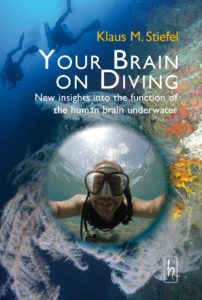
New Psychedelic Knowledge from Molecules to Minds
… and, connected to the psychedelic effects of scuba diving, I am also keen to write more on actual psychedelics. I did so in the past:
Now, there is a great wealth of new excellent research on actual psychedelics, such as LSD, psilocybin or Salvia divinorum. A lot of this research goes into novel, secondary molecular targets which these psychedelic substances bind to. They don’t just activate the classic neuromodulatory receptors such as the serotonin and dopamine receptors, but also a variety of others receptors. Some of the learning/life altering/therapeutic effects of psychedelics which are becoming more and more clear might be due to the binding to these secondary receptors. As always in neuroscience, the challenge is to connect the lowest (molecular) to the highest (behavior, consciousness) levels, and this challenge is particularly steep when it comes to psychedelics. These new findings need synthesizing, and explaining for the general public, this topic is too important to leave it to the “experts”. And who would be more called upon than me to synthesize?
So, here you go … print and online magazines of the world, don’t be shy, get in touch with me if you’d like to see these stories on your pages:
And, if you as wish I can also complement the article with lots of images and videos too, I have sharpened my videographic skills in the last years, please enjoy this documentary I shot:
